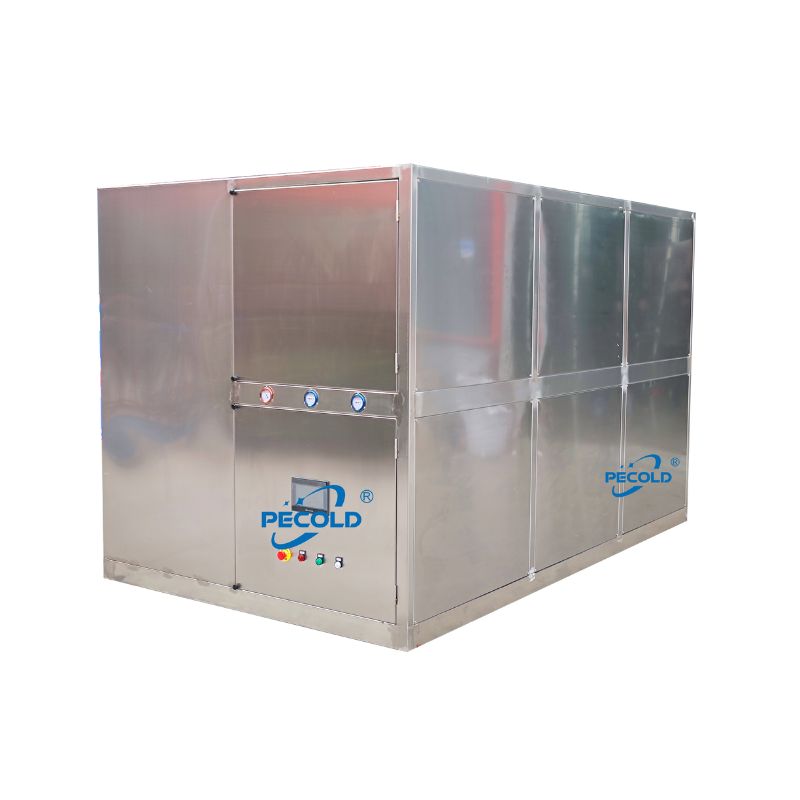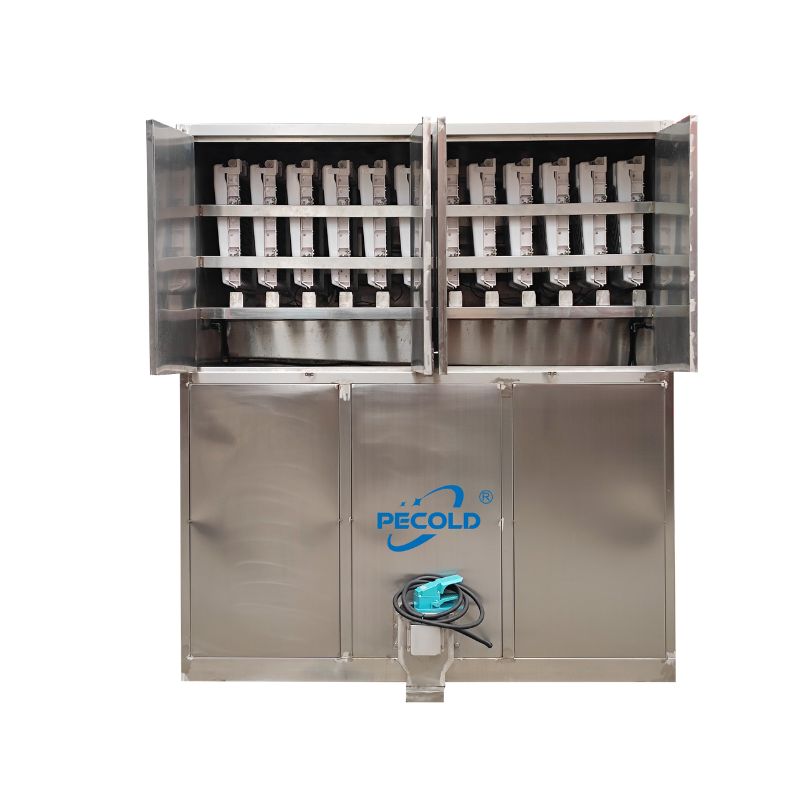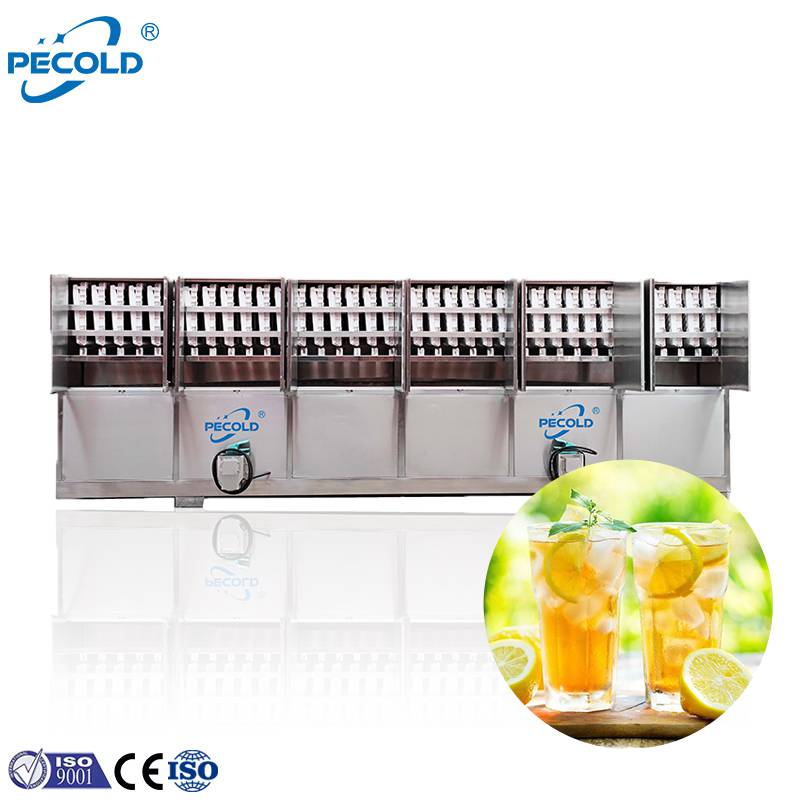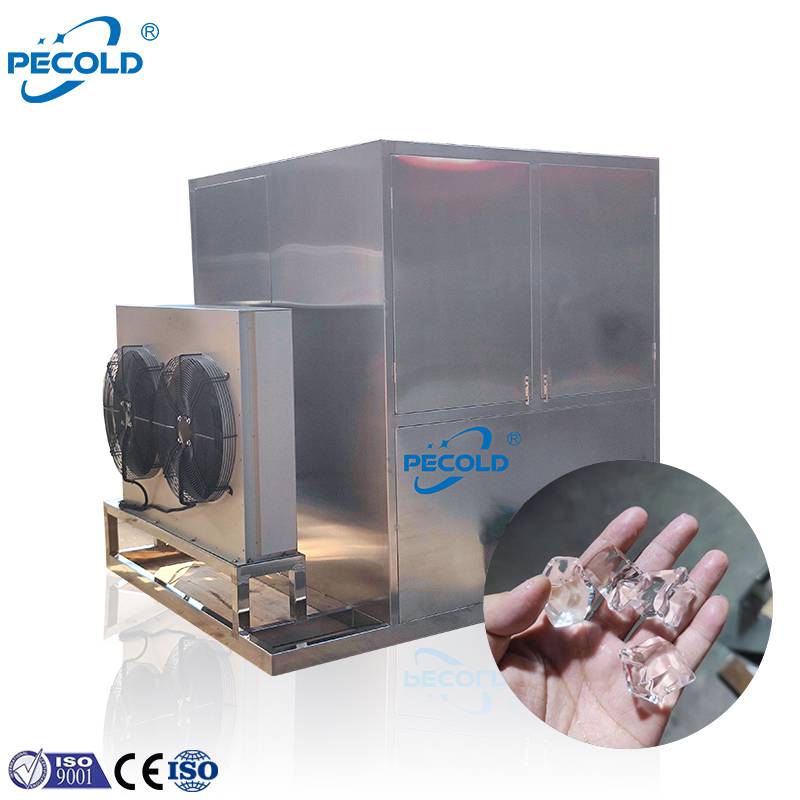Home » How to Maintain Your Cube Ice Machine
How to Maintain Your Cube Ice Machine
How to Maintain Your Cube Ice Machine: A Practical Guide for Longevity & Efficiency

Maintaining a cube ice machine is essential for ensuring consistent ice quality, operational efficiency, and extended equipment lifespan. Whether you’re running a bar, restaurant, or industrial facility, proper care can save costs and prevent downtime. Below, we break down actionable maintenance tips tailored for cube ice machines like Pecold’s high-performance models, renowned for their durability and energy efficiency.
1. Daily Cleaning: Prevent Contamination & Buildup
Ice machines must stay clean to avoid bacterial growth or mineral deposits that affect ice clarity and safety.
Step 1: Turn Off the Machine
Always disconnect power before cleaning to ensure safety.Step 2: Sanitize Interior Surfaces
Use a food-grade sanitizer to wipe down the ice bin, evaporator plates, and water distribution system. Avoid abrasive chemicals that could damage components.Step 3: Flush the Water System
Drain and rinse the water reservoir daily to remove impurities. For Pecold machines with 1/2″ to 1-1/2″ inlet pipes (depending on the model), ensure water filters are replaced monthly to maintain optimal flow.
Pro Tip: Pecold’s cube ice machines feature corrosion-resistant materials, simplifying routine cleaning.


2. Monthly Deep Maintenance: Tackle Scale & Wear
Mineral buildup (scale) is a common issue, especially in hard water areas. Regular descaling preserves cooling efficiency.
Step 1: Use a Descaling Solution
Follow manufacturer guidelines for compatible descaling agents. For Pecold models (e.g., PET5T-R4W with 43.8KW refrigerating capacity), avoid acidic solutions that might harm the stainless steel components.Step 2: Inspect Moving Parts
Check the compressor, condenser coils, and fans for dust or debris. Clean condenser coils with a soft brush to maintain airflow—critical for models like the PET20T-R4W, which relies on 129KW refrigerating capacity for high-output operations.Step 3: Lubricate When Necessary
Some components may require lubrication. Refer to the user manual for specific guidance.
3. Quarterly Professional Checkups
While DIY care is crucial, professional inspections ensure deeper system health.
Compressor & Refrigeration System
Pecold’s compressors (e.g., 17KW power in PET5T-R4W) are built for longevity, but technicians should verify refrigerant levels and electrical connections.Check for Leaks
Inspect water lines and seals. A leak in the inlet pipe (e.g., 1-1/2″ in PET15T-R4W) can disrupt ice production.Calibrate Sensors
Ensure temperature and pressure sensors function accurately to avoid overworking the machine.
4. Troubleshooting Common Issues
Even well-maintained machines may face occasional hiccups. Here’s how to address them:
Poor Ice Quality
Cloudy or small ice cubes often indicate dirty filters or low water pressure. Verify inlet pipe sizing (e.g., 3/4″ for PET3T-R4W) and filter condition.Slow Production
Check ambient temperature—Pecold machines operate best in environments below 95°F (35°C). Ensure condenser coils are clean and unobstructed.Unusual Noises
Grinding sounds may signal worn bearings or motor issues. Shut down the machine and contact a technician immediately.
Why Choose Pecold Cube Ice Machines?
While maintenance is universal, Pecold’s engineering simplifies the process:
Energy Efficiency: Models like PET2T-R4W consume only 9.8KW total power while producing 2T daily.
Durable Build: Stainless steel components resist corrosion, reducing long-term wear.
Scalability: From compact 10T/day units (PET10T-R4W) to industrial 20T/day systems (PET20T-R4W), Pecold offers solutions for every need.
Final Thoughts
Consistent maintenance not only prolongs your cube ice machine’s lifespan but also ensures it operates at peak efficiency. For businesses relying on high-volume ice production—whether in hospitality or industrial sectors—adopting these practices can significantly reduce operational costs.
Explore Pecold’s Range:
Data referenced is based on Pecold’s official specifications. Always consult the Pecold’s team for model-specific guidelines.
By sharing these tips, you’re not just protecting your investment—you’re ensuring every cube of ice meets the highest standards. Have questions or your own maintenance hacks? Share them in the comments below!
NEWSLETTER
Contact
- Sales Managers: Kevin Weng
- WhatsApp: +86 133 9647 8299
- Email: [email protected]
- Tel Number: 0086 133 9647 8299
- Working Time: from 09:00 to 18:00
- Address: Foshan, Guangdong, China
Product




